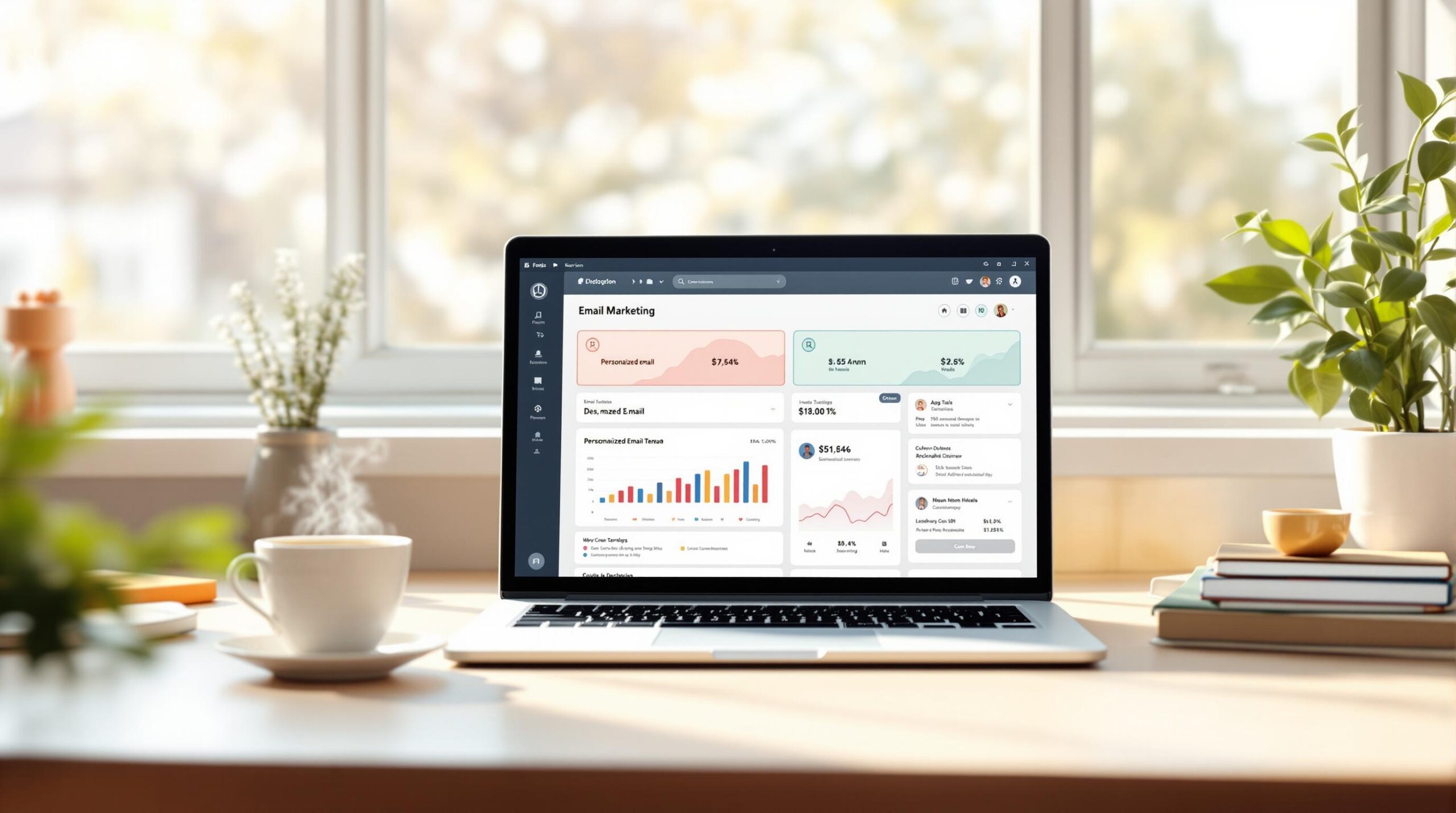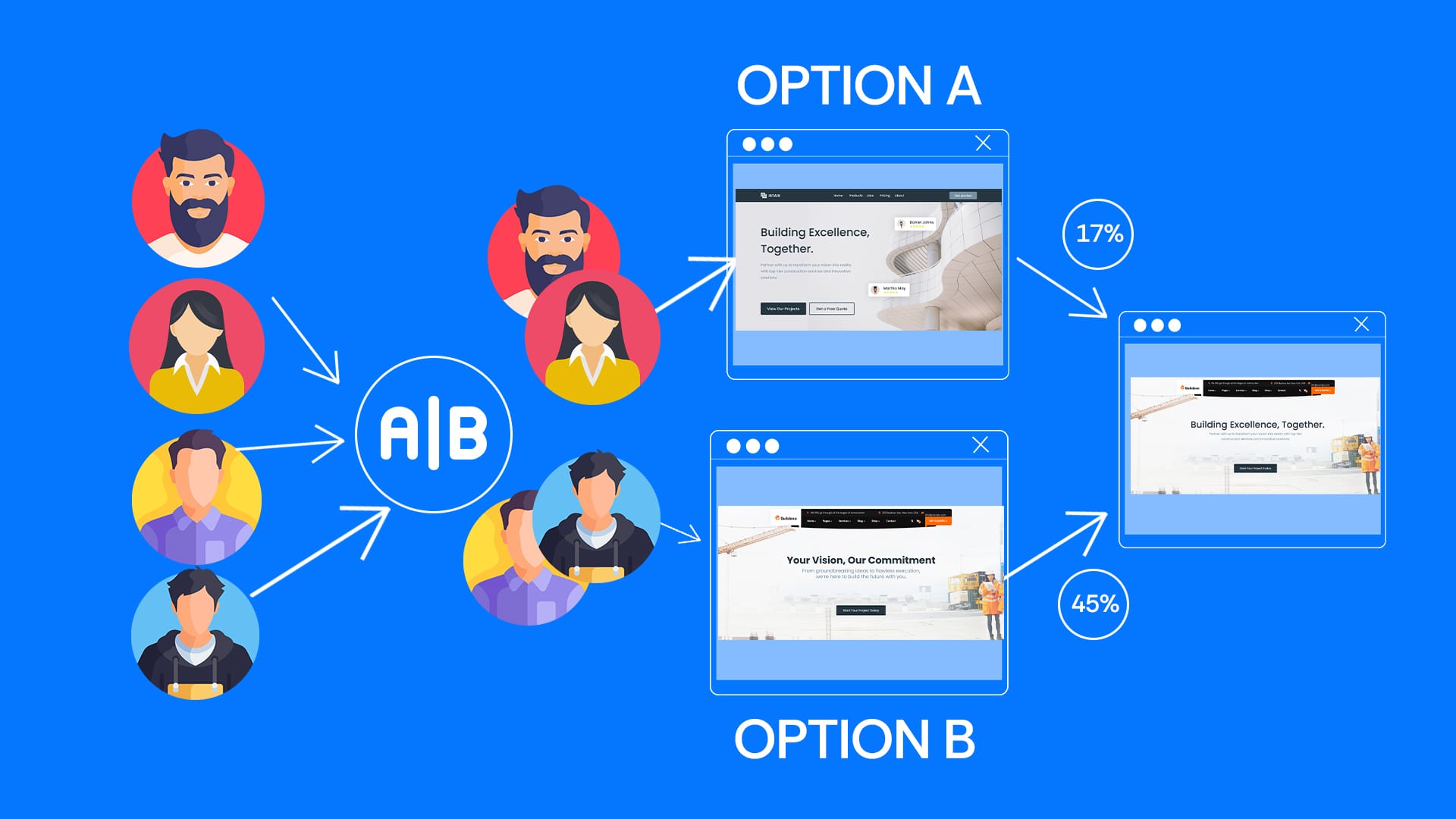Picture this: you walk into a perfectly curated store. The layout makes sense, the lighting is just right, and you find exactly what you need without breaking a sweat.
Now, imagine the opposite—a chaotic, poorly-lit maze where you can’t find what you came for and no one seems to care.
Which experience would you rather remember?
Great UX goes beyond functionality—it builds an emotional connection. When a customer interacts with a smooth, intuitive website, they subconsciously associate those positive feelings with the brand.
In e-commerce, user experience (UX) plays this very role—guiding, delighting, and ultimately converting visitors into loyal customers.
It’s not just about great aesthetics; it’s about user perception while interacting with a brand online.
Why is user experience important in an e-commerce website?
A well-designed e-commerce site can flip customer perceptions, creating a journey worth sharing.
Think about your last frustrating online shopping experience. Maybe the website was painfully slow, the search function didn’t work, or the checkout process was riddled with unnecessary steps.
Did you return? Studies show that 88% of online shoppers are less likely to revisit a site after a bad experience.
Conversely, a seamless UX can turn casual visitors into devoted customers. In a fiercely competitive e-commerce space, your website’s user experience isn’t just a nice-to-have; it’s the deciding factor between being remembered or forgotten.
The key components of effective UX in an e-commerce website
1. Intuitive navigation
Imagine trying to find your way in an unfamiliar city without a map. That’s how users feel on a poorly organized website.
Navigation should be clear, intuitive, and seamless using well-organized, easy-to-find menus to group similar products logically.
Add clear, direct features to help users track their journey. Implement a smart search bar that delivers accurate, quick results.
For example, think of how IKEA’s website lets users filter by product categories, room types, or even customer inspiration. It’s a masterclass in giving customers control without overwhelming them.
2. Responsive design
More than 70% of e-commerce traffic now comes from mobile devices. One of the major reasons why people opt for mobile shopping is because of its convenience. It’s less stressful and even simulation, but if your site isn’t mobile-friendly, you’re leaving money on the table.
Responsive design ensures your site adapts effortlessly to different screen sizes. It’s not just about fitting everything into a smaller screen—it’s about optimizing usability on touchscreens, ensuring buttons are easy to tap, and making the checkout process smooth for mobile users.
3. Fast loading times
Every second counts. 47% of consumers expect a web page to load in under two seconds—and they’ll abandon it if it doesn’t. This is not to place pressure on using the latest feature or technology but on making the basic things work.
Look at Amazon, for instance; the company thrives because of its blisteringly fast page load speeds, ensuring no customer is left waiting to buy. The goal is not to leave any detail to chance.
Optimize images to reduce file size without compromising quality. Minimize code bloat using tools like Google PageSpeed Insights and implement lazy loading so only visible content loads immediately.
This reduces the frustration of the users dealing with different elements at the same time or being stuck at some point because of loading speed.
4. Streamlined checkout
Cart abandonment is the bane of e-commerce, and often the culprit is a tedious checkout process.
Think of it this way: you have two different types of people using your website, one is a millennial and the other is a Gen-Z, surely the experience of both would be different. The goal is to make the checkout as streamlined and easy-to-navigate as possible. So your check-out is your main customer experience.
Limit checkout to as few steps as possible and offer guest checkout to remove barriers for new customers. Picture this: your customer has spent 15 minutes filling their cart only to encounter a form demanding unnecessary details. They leave.
Keep it simple and let them focus on getting to the final page for purchasing. The best way to resolve this is to test-run as frequently as possible to deal with roadblocks ahead of time.
5. Personalization
Personalization isn’t a gimmick—it’s a game-changer. By leveraging browsing behavior and purchase history, you can create tailored recommendations that resonate deeply with your audience.
For instance, Netflix’s “Because You Watched” feature is a great example. It offers similar recommendations based on what viewers have been interested in before.
Similarly, e-commerce sites can suggest products that match a customer’s interests, making the shopping experience feel custom-made.
6. High-Quality visuals
A picture speaks a thousand words, but in e-commerce, it also sells. Products with clear, high-quality images are far more likely to convert. According to research, websites with better photos often receive 94% more visits than those with worse images.
Ultimately, visitors are more drawn to visually appealing content that complements the website’s content.
What is the contribution of UX to e-commerce success?
1. Enhanced user retention
Increased customer lifetime value is the result of enhanced user retention, which comes from a seamless website user experience.
For example, a customer who initially wishes to remain for six months decides to stay for a year after having a seamless navigation experience, which boosts revenue and brand awareness.
By establishing a user-friendly and captivating environment, a well-designed UX increases user retention. Users are more likely to stay on a website longer and do more exploring if they find it straightforward to use.
2. Better engagement; low bounce rates
A website that is easy to use has a lower bounce rate. It indicates that users are having fun with your website’s flow or trip. They are interacting with other pages on your websites and clicking on other internal connections. Consider it a “micro-conversion,” where your visitors are actively participating.
Conversion rates are directly impacted by UX design since it facilitates users’ purchases and sign-ups. A well-designed interface can boost conversion rates by as much as 200%, according to a Forrester study.
Organizations may reduce drop-offs and increase conversions by streamlining checkout procedures, eliminating pointless steps, and guaranteeing clarity at every turn.
3. Improved customer satisfaction
When clients are happy, word-of-mouth advertising is more effective. They turn into devoted brand advocates, which improves your company’s reputation and increases your competitive edge.
Positive emotional experiences are fostered by good UX, which makes consumers link brands with satisfaction and trust.
73% of consumers, according to a PwC report, rank a positive online experience as a crucial consideration when making purchases, second only to price and product quality.
4. Enhancing functionality
Product Performance? Check. Satisfied customers? Check. More Income? Check. It gives you a competitive edge in terms of development and innovation, and it also improves user interaction on your platforms. Website components are arranged according to user priorities and goals via effective UX design.
This entails putting in place obvious calls-to-action (CTAs), organizing relevant material into logical page hierarchies, and more. Confusion and abandonment rates are decreased when users can find information or finish tasks with ease.
5. Increased search engine rankings
By strengthening your brand, you may reach more individuals in any conversion funnel. Websites with outstanding user experiences are given preference by search engines such as Google. SEO performance depends on elements like mobile friendliness, page load speed, and the presence of a few annoying pop-ups.
Google’s Core Web Vitals place a strong emphasis on user experience measures when making ranking judgments. Thus, enhancing UX increases organic traffic through improved search engine presence in addition to improving user satisfaction.
User experience is the unsung hero of e-commerce success
It’s not just about aesthetics or functionality—it’s about creating a journey that customers enjoy and remember. From intuitive navigation to personalized touches and fast-loading pages, every element contributes to an experience that turns casual visitors into loyal advocates.
In today’s e-commerce space , where choices are endless and attention spans are short, UX is your brand’s differentiator. Invest in it wisely, and your customers won’t just buy from you—they’ll keep coming back.




